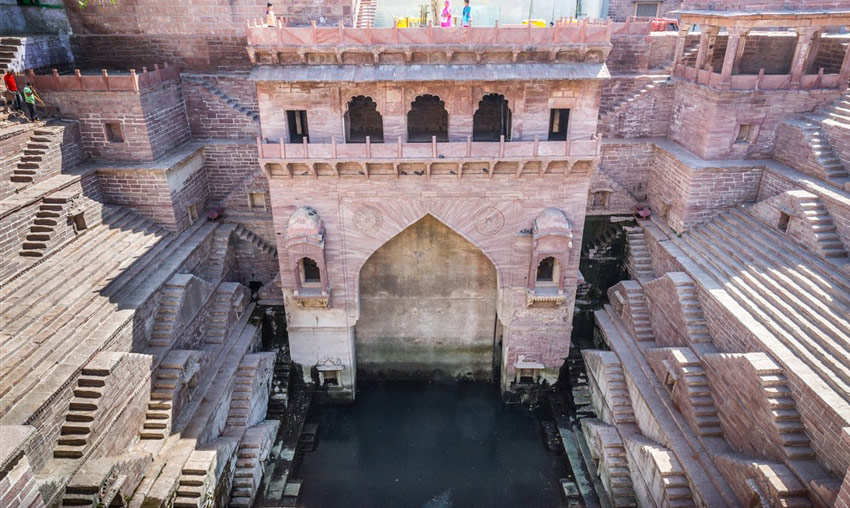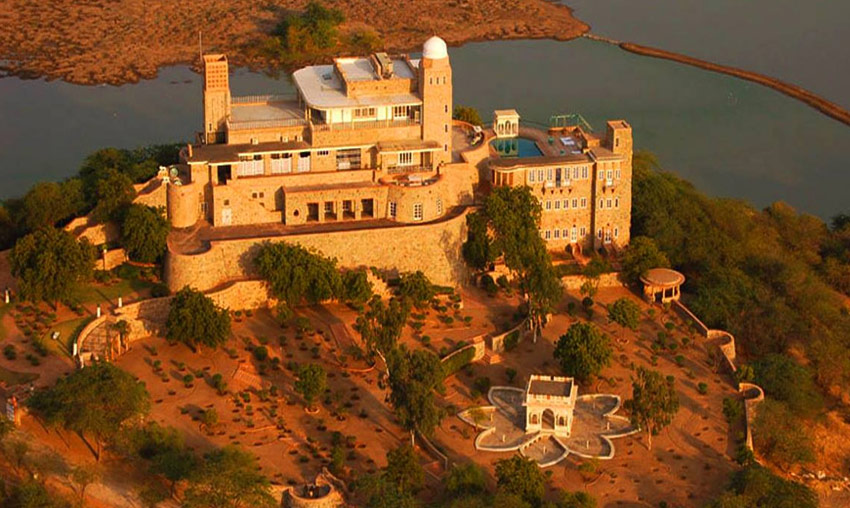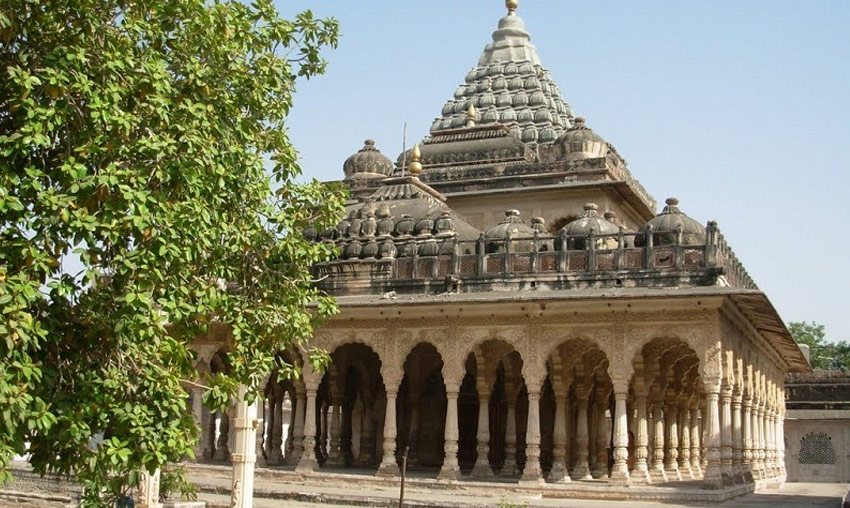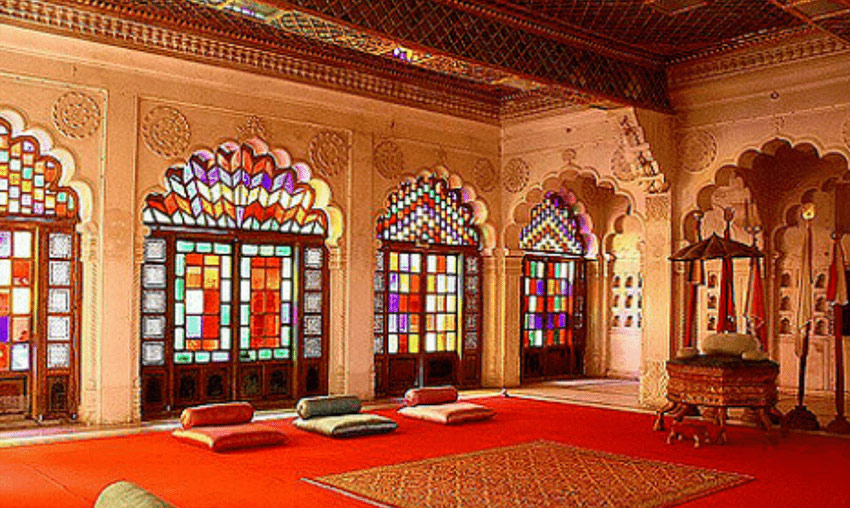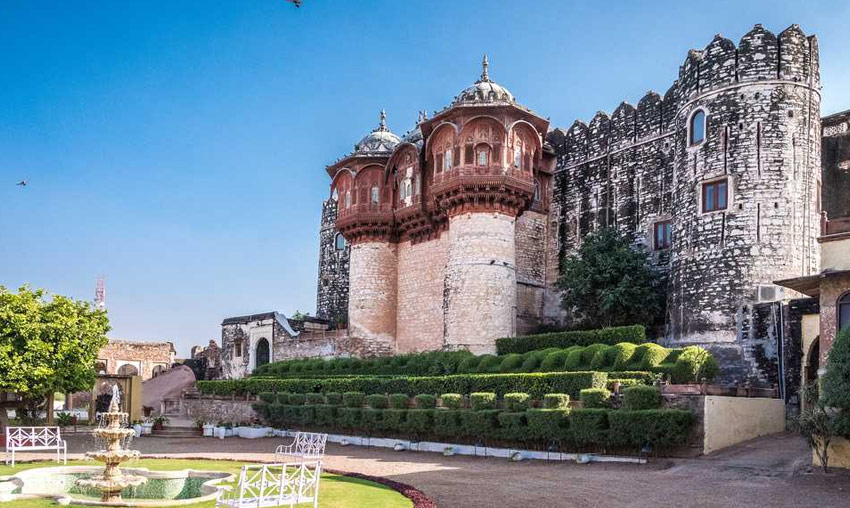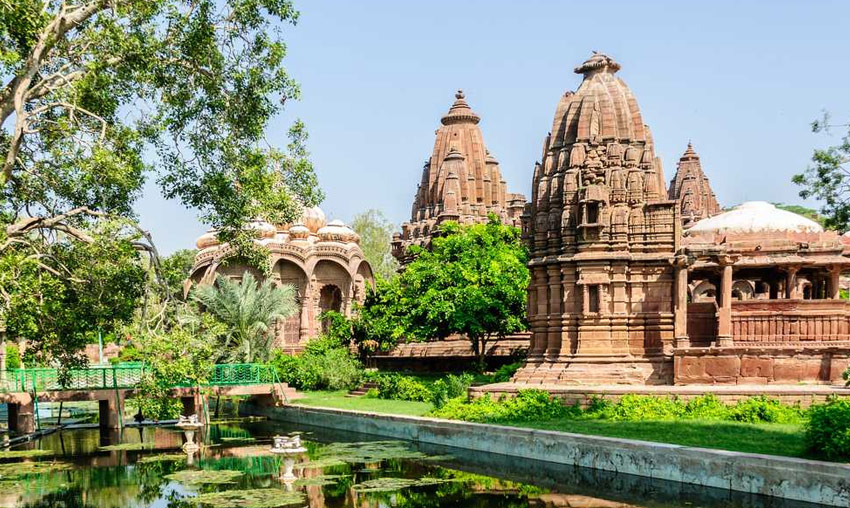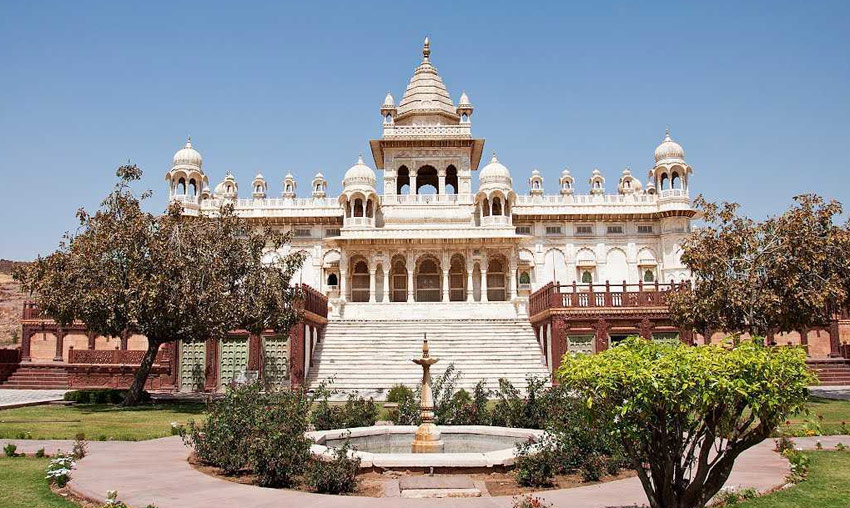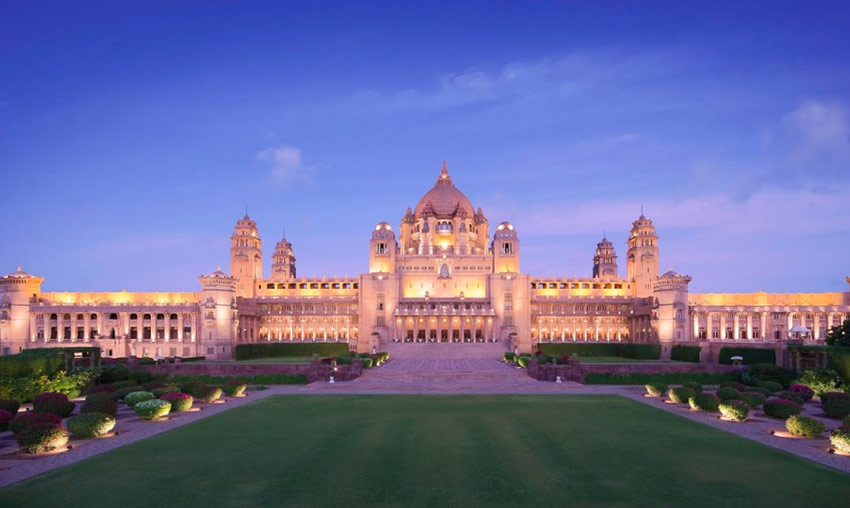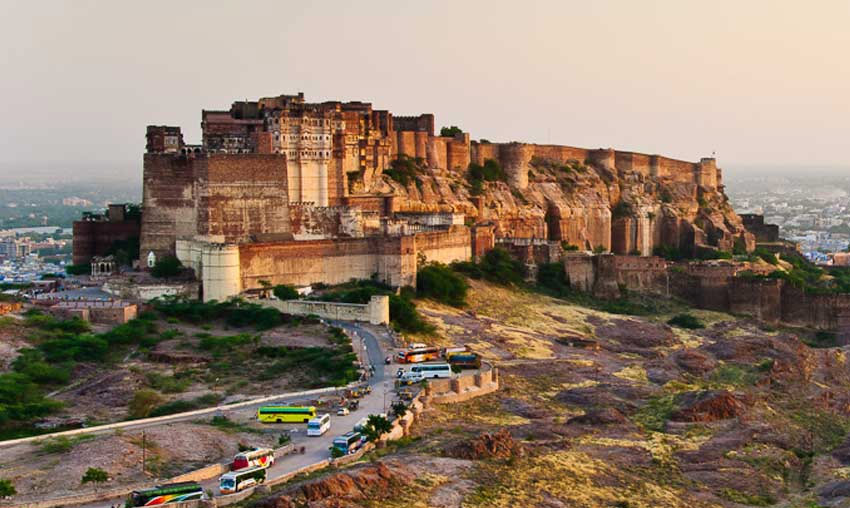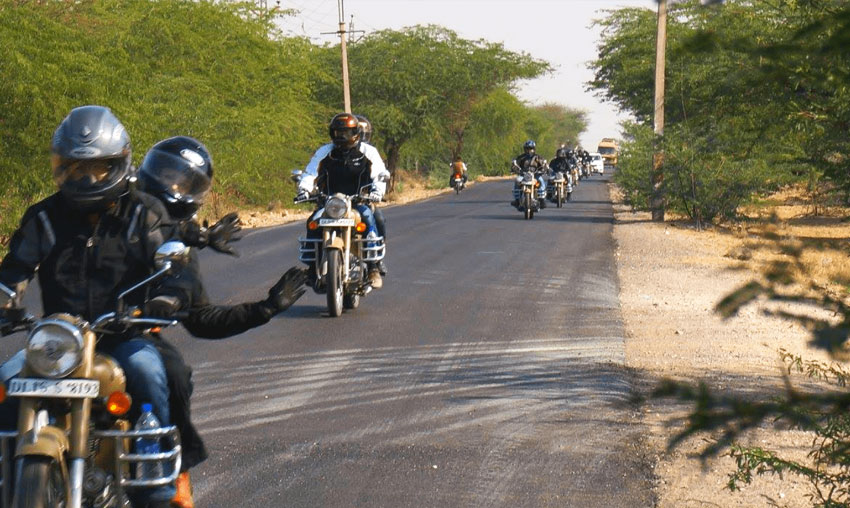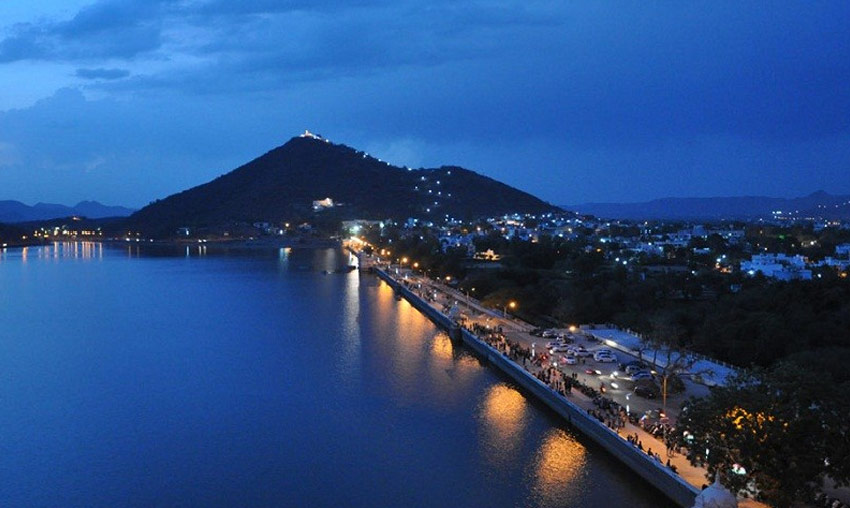Toorji’s Step Well Jodhpur (Entry Fee, Timings, History, Built by)
Toorji Ka Jhalra, also known as the stepwell of Jodhpur, was built around 1740 and is one of the few surviving examples of a stepwell that reflects the city’s ancient water management practices. The queen-consort of Maharaja Abhaya Singh constructed this architectural marvel, which is indicative of the long-standing custom in the area where royal women were in charge of managing the public water systems. The site was the neighbourhood watering hole for its period, and its architecture and structure let visitors understand the way of life of the previous generations who had frequented it in its heyday.
The well-known rose-red sandstone from Jodhpur was used to build this 250-year-old building. It was formerly decorated with elaborate carvings of dancing elephants, mediaeval lions, cow waterspouts, and niches depicting different deities, and it was more than 200 feet deep. The wheel system, which was driven by the bullocks, was supposed to supply water to a separate tank and two levels of access. Many tourists are drawn to it by its striking appearance, and both locals and tourists find it to be a nice spot to cool off with harmless, recreational water games.
History of the Stepwell/ Toorji Ka Jhalra Jodhpur
During Maharaja Abhai Singh Rathore’s rule, Toorji Ka Jhalra was constructed. He was the ruler of Jodhpur from 1724 to 1749. The female members of the royal dynasties, particularly the queens, would take part in and lead initiatives to construct public water works throughout that time. The Queen of Marwar (Jodhpur), the wife of Maharaja Abhai Singh Rathore, oversaw this project, and as a result, Toorji Ka Jhalra was constructed in the 1740s. The residents used it for centuries until the city was modernised and the well was totally abandoned. The waterbody was cleaned up and the trash within the well removed in order to restore this historical legacy. Since then, the location has gained recognition as a tourist destination.
Architecture of Toorji Ka Jhalra/Stepwell
Like many other stepwells, Toorji Ka Jhalra was built to adapt to the water table’s fluctuations. Groundwater is accessible throughout the year thanks to the structure’s design. The water table is reached by a sequence of steps in the building that diverge and converge. The well is more than 200 feet deep and is composed entirely of red sandstone. It features a separate tank at the bottom and two water access levels. In order to draw water, the stepwell’s Persian wheel was once powered by bullocks that were forced to walk in a circuit across the platform on top.
The majority of the staircases at Toorji Ka Jhalra have small rooms or cupboards underneath them that were most likely used to store a lantern or start a fire to make getting up and down easier at night. Additionally, sculptures of gods, goddesses, and animals embellish the Jhalra. Additionally, the stepwell’s water spouts are carved from stone. There is a classic Chhatri-style terrace on the uppermost level. The stepwell’s two floors also feature a hallway that provides a nice top view of the well and projecting Jharokhas. Although there are some carvings on the walls, the building is largely straightforward but tasteful.
How To Reach Toorji Ka Jhalra
Toorji ka Jhalra is situated on Sutharo ka Bas Road in Gulab Sagar Makrana Mohalla, Jodhpur. The attraction is roughly 4.5 km from the city core and is reachable by the NH 62-Ratanada Road route. The stepwell can be reached via a different, longer path that passes through Harish Joshi Marg on NH 62 (6.2 km from the city centre). Toorji Ka Jhalra is roughly 6 miles from the Jodhpur Bus Station and the Jodhpur Airport. It is only roughly two and a half km from the Railway Junction. Tourists may easily get to the attraction using public transportation. Many reach the central area of Sardar Market or Ghanta Ghar and explore the region till the stepwell on foot. But taxis or auto rickshaws can be easily hired in Jodhpur or one can also take a local bus ride.
Timings : Any time of the day
Time Required : 1 – 2 hrs
Entry Fee : No entry fee
